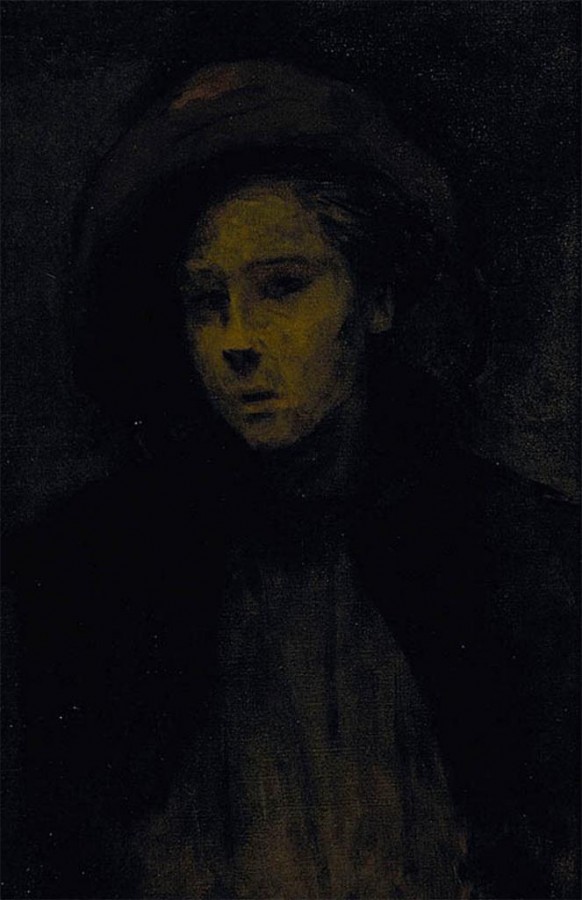Romaine Brooks
Monday, 12 August 2013




From top to bottom: La Veste en Soie Verte (1907), Renata Borgatti au Piano (or) Musical Inspiration (ca. 1920), White Azaleas (1910), Maggie (1904)
“Amazons in the Drawing Room presents Brooks’s work in relation to early twentieth-century European society, and contemporary ideas about personal identity, class, and sexuality. The exhibition comprises four main sections: Portraits; Self-Portraits; Images of Ida Rubinstein; and Drawings. Brooks’s painting was influenced by three main elements: her place in elite European social circles; her involvement in the homosexual literary and artistic culture of Paris; and her childhood experiences. Brooks’s works are also a visual record of the changing status of women in society, and of Brooks own refusal to conform to the social order of the day. Her rebellious nature can be seen in her paintings of nudes—not traditionally the subject of women artists at that time—and in the androgynous appearance of some of her portraits.
Brooks produced many portraits of Russian dancer and actress Ida Rubinstein during their relationship, which lasted between 1911 and 1914. Among these paintings are La France Croisée (The Cross of France, 1914), in which patriotic heroism is portrayed by a figure cloaked in black bearing the insignia of the Red Cross, and Le Trajet (The Crossing, 1911), which presents an image of female sexuality and morbidity. Also included is Ida Rubinstein (1917), in which Ida’s windswept figure, again wrapped in a black cloak, is the very image of Brooks’s romantic ideal.
Brooks’s predominant subject was portraiture, and at the center of the exhibition are stark, gray-and-black-toned depictions of herself and her circle, which included the artist/filmmaker Jean Cocteau, poet and pro-fascist Gabriele d’Annunzio, pianist Renata Borgatti, and Duchess Elisabeth de Gramont, among others. Brooks’s so-called “amazon” portraits of the 1920s, stylistically influenced by another expatriate artist, James McNeill Whistler, can be seen as the artist’s bold attempt to fashion a lesbian identity for her sitters.”
-Excerpt from Press Release of retrospective of the artist’s work curated by Joe Lucchesi